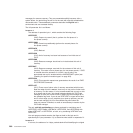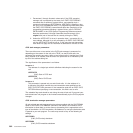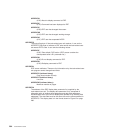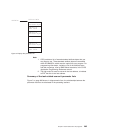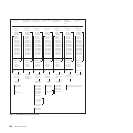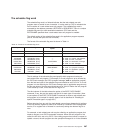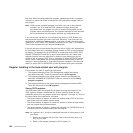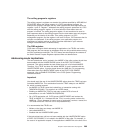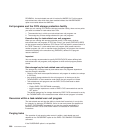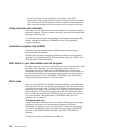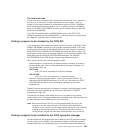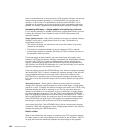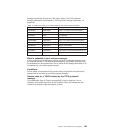flag word. When the calling application program subsequently issues a syncpoint
command, or when end-of-task is reached, the CICS syncpoint manager calls the
exit program.
Note: CICS sets the syncpoint manager bit off after every call to the syncpoint
manager. This is to avoid the CICS syncpoint manager invoking the
task-related user exit program for a unit of recovery during which the exit
program did no recoverable work. The syncpoint manager bit must therefore
be set on whenever the exit program performs any recoverable work.
If you set the task manager bit in the schedule flag word on, CICS invokes your
task-related exit program at the end of this task. (Note that, if you want your exit
program to be called at the start as well as at the end of a task, you must specify
TASKSTART on the EXEC CICS ENABLE command for the TRUE. This causes the
TRUE to be invoked at the start and end of every task.)
If the last two bytes of the schedule flag word are set to X'1000', this indicates that
the task-related user exit is interested in being invoked by EDF to format requests
for display. This schedule flag bit UEFDFEDF is set on either by the EXEC CICS
ENABLE FORMATEDF command, or by the task-related user exit. Unlike other
schedule flag bits, there are restrictions on when the task-related user exit can
register a lack of interest in EDF (that is, restrictions on when UEFEDFDF can be
set off). Once a task-related user exit has formatted the initial screen for EDF to
display on “About to Execute” or “Command Execution Complete”, CICS does not
allow it to set the EDF bit UEFDFEDF off until the screen build cycle is complete.
Register handling in the task-related user exit program
In this section, two sets of registers are discussed:
1. The registers belonging to the CICS management module that handles
task-related user exits. These are referred to as the CICS registers.
2. The registers belonging to the calling program and that are addressed by
parameter UEPHMSA of DFHUEPAR. These are referred to as the calling
program’s registers.
3. The registers belonging to the called resource management interface (RMI).
These are referred to as the RMI registers.
Saving CICS registers
Your task-related user exit program should begin by saving the contents of the
CICS registers. Register 13 addresses an 18-word area into whose 4th and
subsequent words your exit program should store registers 14 through 12. Three of
the saved values have significance, as follows:
v The saved contents of register 14 contain the address within CICS to which the
task-related user exit program returns control.
v The saved contents of register 15 contain the address at which the task-related
user exit program has just been entered.
v The saved contents of register 1 address the parameter list (DFHUEPAR) that is
provided by CICS for the task-related user exit program.
Note: As a general rule, if you fail to understand the origin or the purpose of a call,
you should:
1. Restore any registers that you have used to the state they were in on
entry to your code
2. Return to the address contained in CICS register 14.
288 Customization Guide



